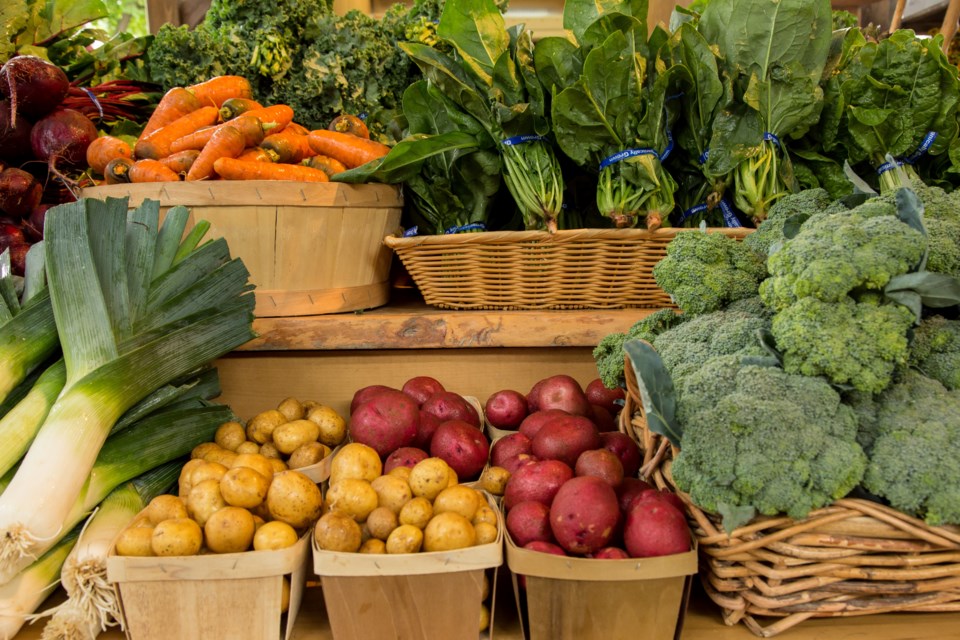The way Canadians eat is about to change.
Health Canada is expected to release a major overhaul to Canada's Food Guide this spring.
Sylvain Charlebois says recently leaked information suggests instead of the four food groups - vegetables and fruit, grains, milk and alternatives, and meat and alternatives - we will be encouraged to consume more of at least 28 different food products.
"So instead of having a food group representing milk or meat products, the food guide will focus more on fiber and proteins," explained the professor in food distribution and policy at Dalhousie University. "In fact, the new guide will even encourage Canadians to drink more water and cook."
"So a look at lifestyle. It's not just about what you eat, but with whom you eat, when you eat and where as well."
Charlebois said the revamp will be a complete departure from the guide we use now.
The most recent update came around 12 years ago, but overall he said not much has changed since it was first introduced to Canadians in 1942.
At the time, our country was in the middle of World War II and food security was a bigger issue.
"The food guide was more of a tool to showcase Canadian agriculture and stimulate the rural economy," Charlebois said.
Up until now, he believes the main focus was to make it simple, generic and easy to follow, but the new recommendations will be more science-based and flexible.
"Everyone's different. We eat differently at different times," he said. "Our bodies need different nutrients as well, depending on age, gender, budget, so there's lots of things that everyone has to deal with differently."
Charlebois believes the changes could have a negative impact on some industries, including dairy, which instead of being one of four food groups, will find itself on a more crowded field of encouraged products.
"It's going to be tough for them for sure ... we are expecting demand for dairy products to shift."
He also expects the new food guide to alter the way we think about fruit juices.
"Juices with high sugar content will be, eliminated I guess, from the food guide, which I think is another desirable change overall," Charlebois said. "The concern that I have is there are natural juices out there that do have high sugar content but are actually good for you."
He believes it's added sugar consumers need to be concerned with.
"Seventy-five per cent of all processed foods that you would see in a grocery store have added sugar," he explained. "Crackers, condiments, you name it, even pasta."
Charlebois doesn't expect Canadians to immediately alter the way we eat following the introduction of the new food guide, but he believes over time, as children grow up learning it in school and medical professionals start making recommendations based on it, our habits will start to adapt.
"This guide will probably offer a different window to the food industry and the food industry will have to adapt ... the food guide has influenced the kinds of products we have access to in grocery stores and in restaurants. So with the new food guide, I suspect that all of this will change."
